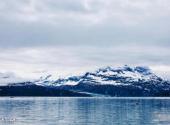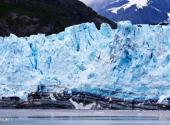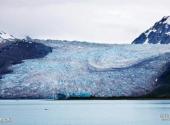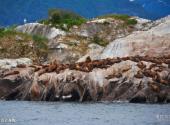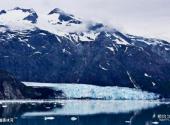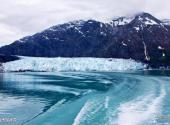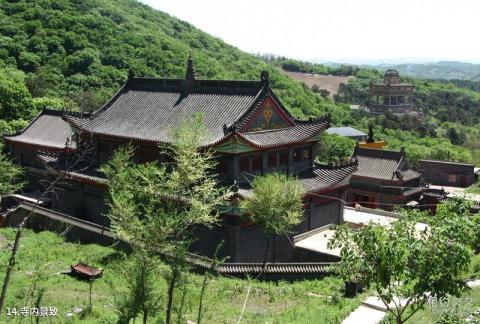
Scenic spot introduction:
Glacier Bay National Park in Alaska covers an area of 3.3 million hectares, where there are countless icebergs, various types of whales and Eskimo kayaks. One of the most dramatic features of the park is the moving glaciers in the huge bay. There are rich natural landscapes and complete ecosystems here, and typical glaciers have formed charming scenery. Stretching mountains, sheltered beaches, fjords, and tidal glaciers are all features of this region. Glacier Bay is a 105-kilometer long fjord that has experienced four major changes in recent geological times. Two centuries ago, the bay was once an Atlantic glacier, and over the course of 200 years it disappeared by nearly 95 kilometers at an unprecedented rate of glacier melt. The melting of glaciers has produced more than 20 separated small icebergs, most of which are tidal icebergs. The 16 tidal icebergs in Glacier Bay account for more than half of the 30 tidal icebergs discovered in the world. Every summer, Glacier Bay echoes with the sound of ice breaking and falling, as loud as a house. When the tall ice wall meets the biting sea water in the bay, the ice blocks continue to collapse into the water. The outlet of the bay leads to Ash Strait, which connects to the Gulf of Alaska. The land slowly sheds its ice caps, revealing rocks. Plants and animals have regained territory lost during the "Little Ice Age" that began about 4,000 years ago. The park is located at the junction of Canada and the United States (Alaska), 50 miles from Old New Zealand.Attractions distribution:
The entire Glacier Bay National Park contains 18 glaciers and 12 coastal glaciers. The northernmost edge of Glacier Bay is the so-called Grand Pacific Glacier. What is special about this glacier is that the 3.2 kilometers behind the glacier front is the range that enters the Canadian province of British Columbia (BC Canada). The national border between Alaska in the United States and British Columbia in Canada is here; that is, the first 3.2 kilometers of the glacier belongs to the United States, and the entire glacier area after that belongs to Canada. The Pan-Pacific Glacier, the Margerie Glacier and its eastern glaciers are all very majestic glaciers here, especially the 15,300-foot-tall Mount Fevere located to the west of the Margerie Glacier. The most majestic, this boundless glacier is the place that won the praise of naturalist John Muir. There is even a glacier named Muir Glacier after him.Scenic spot location:
America>United States
How to get there:
Take a small passenger plane from Ankarech Airport to Gustavus, a small town next to Glacier Bay National Park. After arriving, take a school bus in the town to the seaside (since there are no roads between the town and the outside world, there are almost no roads in the town. There are no vehicles coming and going. A green school bus takes children to and from school in the morning and evening, and serves as temporary transportation at other times.) There are cruise ships and yachts bound for Glacier Bay National Park on the seaside. Like Gastev, GlacierBay Natiaonl Park has no road connections to the outside world. When visiting here, you can only view it from a distance from the air or a boat.
Scenic area map:
Click to expand the scenic area map
Glacier Bay National Park Weather Forecast:
Understand in advance the latest weather forecast for Glacier Bay National Park, where is located, and make perfect preparations for a pleasant journey ^-^

